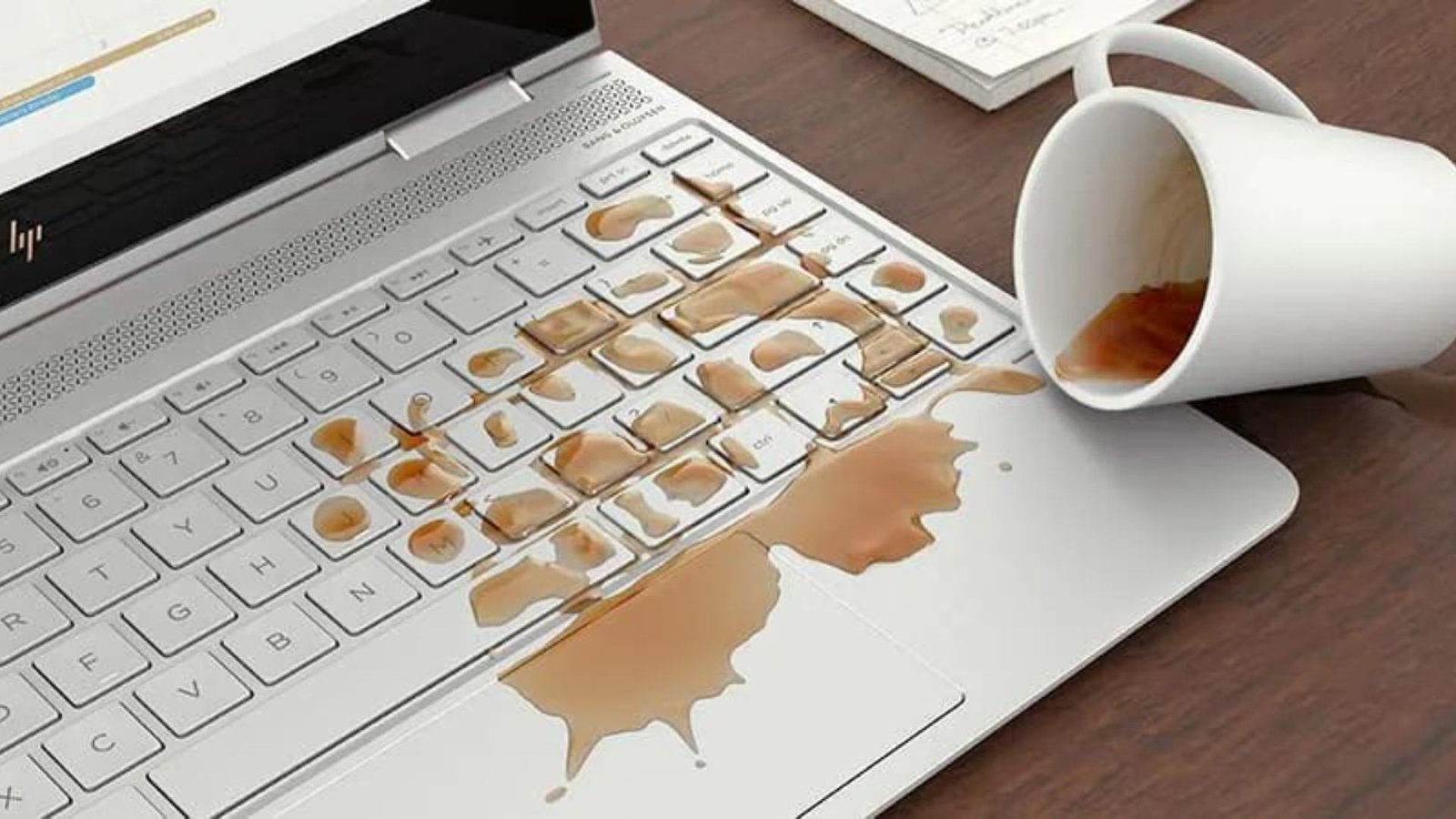Future trends in personal computer design promise to revolutionize how we interact with technology, offering innovative features and improved performance. As technology evolves, so do the designs of personal computers, reflecting changes in user needs, advances in hardware, and shifts in aesthetic preferences. This blog explores emerging trends that will shape the future of personal computer design, including form factor innovations, enhanced user interfaces, and advancements in connectivity.

Compact and Flexible Form Factors
Future trends in personal computer design include the development of compact and flexible form factors. Traditional desktop computers are giving way to more versatile and space-efficient designs. One notable trend is the rise of modular PCs, which allow users to easily upgrade or replace individual components without purchasing an entirely new system. This approach not only extends the lifespan of the computer but also enhances customization options.
Additionally, the demand for ultra-thin and lightweight laptops is increasing. Manufacturers are focusing on creating portable devices with powerful performance capabilities while maintaining a sleek and minimalistic design. Innovations in materials, such as advanced composites and ultra-thin metal alloys, contribute to these compact designs without compromising durability.
Enhanced User Interfaces
Future trends in personal computer design also emphasize enhanced user interfaces that improve the way users interact with their devices. Touchscreen technology, which has become commonplace in smartphones and tablets, is now making its way into more desktop and laptop designs. The integration of touch capabilities offers a more intuitive and interactive experience for users.
Moreover, voice-controlled interfaces are gaining traction. Advances in natural language processing and artificial intelligence enable users to interact with their computers using voice commands. This hands-free approach simplifies tasks and enhances accessibility, making it easier for users to navigate and control their devices.
Advances in Connectivity and Performance
Future trends in personal computer design are significantly influenced by advancements in connectivity and performance. With the advent of 5G technology, personal computers will experience faster and more reliable wireless connections. This improvement will enhance data transfer speeds and support more seamless online experiences.
Additionally, the integration of AI and machine learning into personal computers will drive performance improvements. AI-driven systems can optimize resource allocation, enhance processing power, and provide predictive maintenance. These advancements will lead to smarter and more efficient computers that adapt to user needs and preferences.
Sustainable and Eco-Friendly Designs
Future trends in personal computer design also focus on sustainability and eco-friendly practices. As environmental concerns grow, manufacturers are increasingly adopting green design principles. This includes using recyclable materials, reducing energy consumption, and minimizing electronic waste.
For instance, some companies are developing computers with modular components that can be easily recycled or repurposed. Additionally, energy-efficient components and designs contribute to lower power consumption and reduced environmental impact. Consumers can expect to see more eco-conscious choices in personal computer design as sustainability becomes a key consideration.
Conclusion
In conclusion, future trends in personal computer design reflect a shift towards more compact, flexible, and eco-friendly innovations. Advances in form factors, user interfaces, connectivity, and performance will shape the next generation of personal computers. By embracing these trends, manufacturers can meet evolving user needs and contribute to a more sustainable future in technology.











